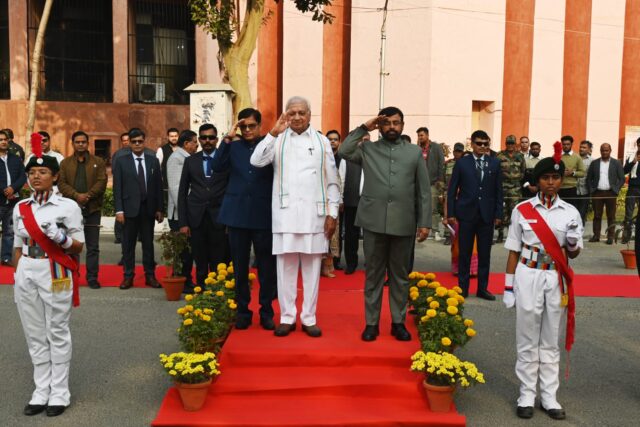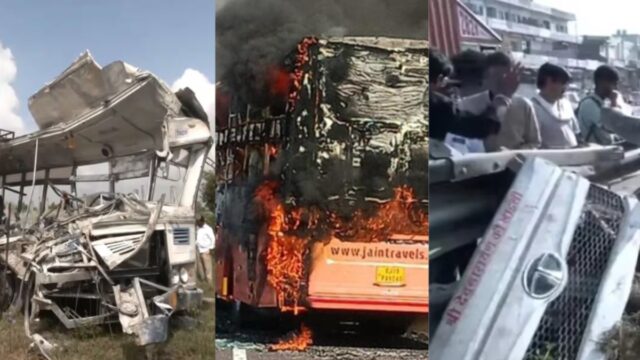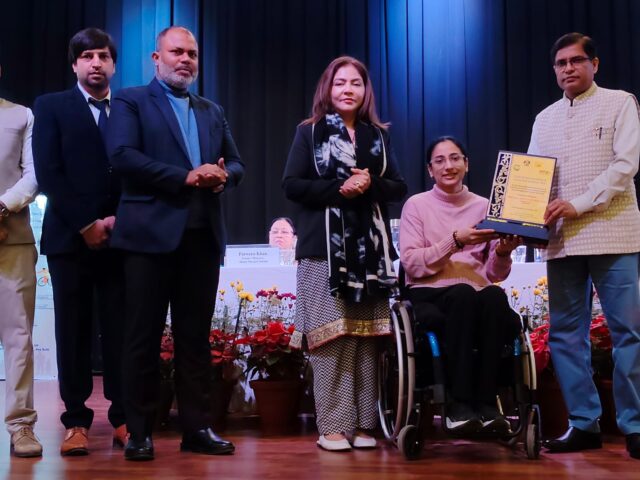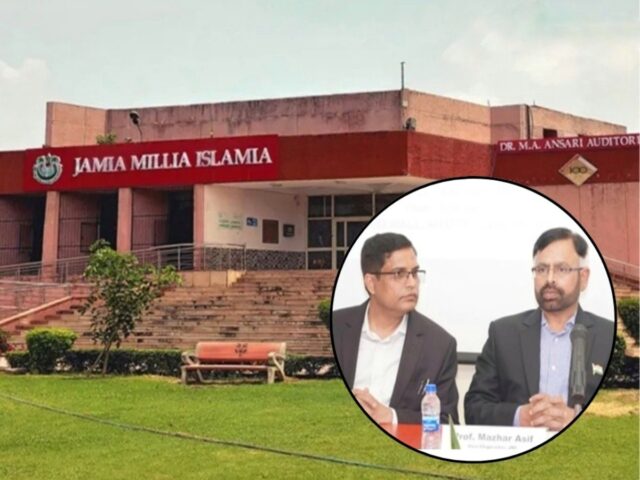Over7 Crore families in rural areas now have an assured tap water connectionDespite CoVid-19 pandemic & lockdown, the drinking water supply work continued to provide nearly 1 lakh connections every day
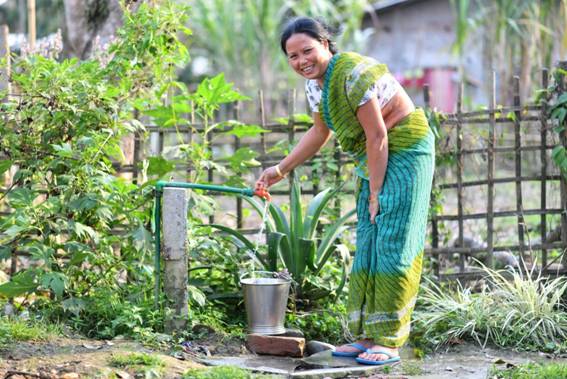
From the ramparts of the Red Fort,Prime Minister Shri Narendra Modi announced the life changing Jal Jeevan Mission (JJM)on 15th August, 2019, with an aim to provide tap water connection in every rural household by 2024. At the time when the Mission was announced, out of 18.93 Crore rural households, only 3.23 Crore (17%) had tap water connections.Thus, about 15.70 Crore households (HHs) were to be provided with tap water by 2024. In addition,functionality of all existing water supply systems and tap connections were also to be ensured. The programme directly benefits more than 19 Crore rural families, improving public health.
Despite CoVid-19 pandemic and lockdown, the drinking water supply work continued. The lockdown-1 was utilized for planning activities with several rounds of discussion through VC with States/ UTs. Further, water supply was deemed one of the essential items and the work continued following due precautions. There were almost 1 lakh connections being provided every day.
Undeterred in the spirit of JJM, since the beginning of the mission, as on date, more than 3.77 Crore HHs were provided with tap water connections, i.e. more than 7 Crore rural families (36.5%) started getting clean water in their homes, i.e. more than 1/3rd of rural household are getting potable water through taps. Every family living in 52 districts, 670 Blocks, 42,100 Panchayats and 81,123 villages are getting assured tap water supply in their homes. Goa has become the first State in the country to provide 100% tap water connections followed by Telangana. Different States are competing with each other and focusing on the target to ensure that every household in the country gets safe drinking water.

Several steps are undertaken to ensure transparency, accountability, proper utilization of fund and service delivery viz. robust JJM–IMIS to capture physical and financial progress under JJM, in real-time with a dedicated ‘Dashboard’ in the public domain; sensor-based IoT solution for measurement and monitoring of water supply w.r.t quantity, quality and regularity in villages on real-time basis; provision of geo-tagging every asset; household tap connections linked with Aadhar number of ‘head of household’; and all transactions undertaken through Public Finance Management System (PFMS).
Adopting the principle of ‘equity and inclusiveness’, JJM prioritizes supply of assured drinking water in (i.) Potable piped water in quality-affected areas, especially in Arsenic & Fluoride-affected habitations by December, 2020; (ii.) SC/ ST majority villages; (iii.) SAGY villages; (iv.) villages in drought-prone and desert areas; (v.) Aspirational districts; and (vi.) Japanese Encephalitis (JE/ AES) affected districts.

As the world is trying to return to normalcy, so is Jal Jeevan Mission gearing up to welcome its children at the learning centre after one long year of closure. Children are most susceptible to water-borne diseases and hand washing has become the most important tool for safety of individuals to fight the pandemic. Giving primacy to this and with the spirit of changing lives, a campaign has been by the Government of India where tap water connection will be provided in all schools, ashramshalas and anganwadi centres across the country. The efforts of the Union and State government has resulted in 100% piped water connection for schools in the states of Goa, Haryana, Himachal Pradesh, Punjab, Tamil Nadu and Telangana. Five States, viz. Goa, Haryana, Himachal Pradesh, Tamil Nadu and Telangana have provided 100% tap water connections in its anganwadi centres, while there are many States who are close to reaching the 100% mark. So far, more than 5.43 lakh schools and 4.86 lakh anganwadi centres have started getting potable piped water supply. Appreciating the progress made so far, this campaign has been extended up to 31st March, 2021.
Jal Jeevan Mission is implemented in partnership with States/ UTs. The focus of the programme is to ensure regular water supply in adequate quantity of prescribed quality on long-term basis. Under the mission, every rural household is to be provided with a functional tap water connection and ‘no one is left out’, irrespective of their socio-economic conditions. JJM is a decentralized, demand-driven and community-managed programme and for this Mission to be implemented at this scale and speed, a bottom-up approach of planning and implementation has been adopted. Gram Panchayats and/ or Village Water and Sanitation Committees (VWSCs) play a key role in planning, implementation, management, operation and maintenance of in-village water supply schemes. Every village develops a Village Action Plan (VAP) incorporating water resource management, water supply infrastructure, greywater treatment, and operation & maintenance and the VAP is approved by Gram Sabhas for implementation.
JJM aims to build partnerships, work together for changing lives of rural communities. NJJM in partnership with Ministry of Electronics &Information Technology (MeitY) launched an ICT Grand Challenge on 15th September 2020 to create innovative, modular, and cost-effective solution and develop a ‘Smart Water Supply Measurement and Monitoring System’, which can be used at the village level to measure and monitor water supply on real-time basis. The ICT Grand Challenge will harness the vibrant IoT eco-systems of India for creating smart rural water supply system to measure and monitor the service delivery of the water supply in rural areas.
Similarly, an innovation challenge was launched in partnership with Department of Promotion of Industry and Internal Trade (DPIIT) to develop portable devices for water testing. The main objective of the exercise is to bring an innovative, modular, and cost-effective solution to develop portable devices that can be used at the village/ household level to test the drinking water quality instantly, easily and accurately.

